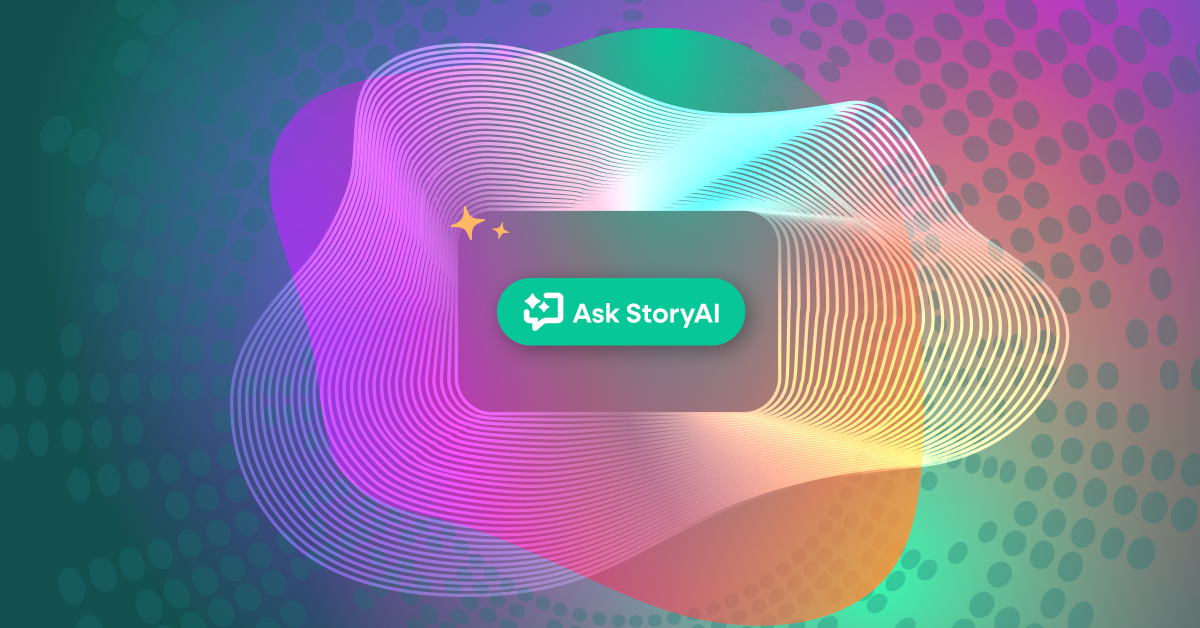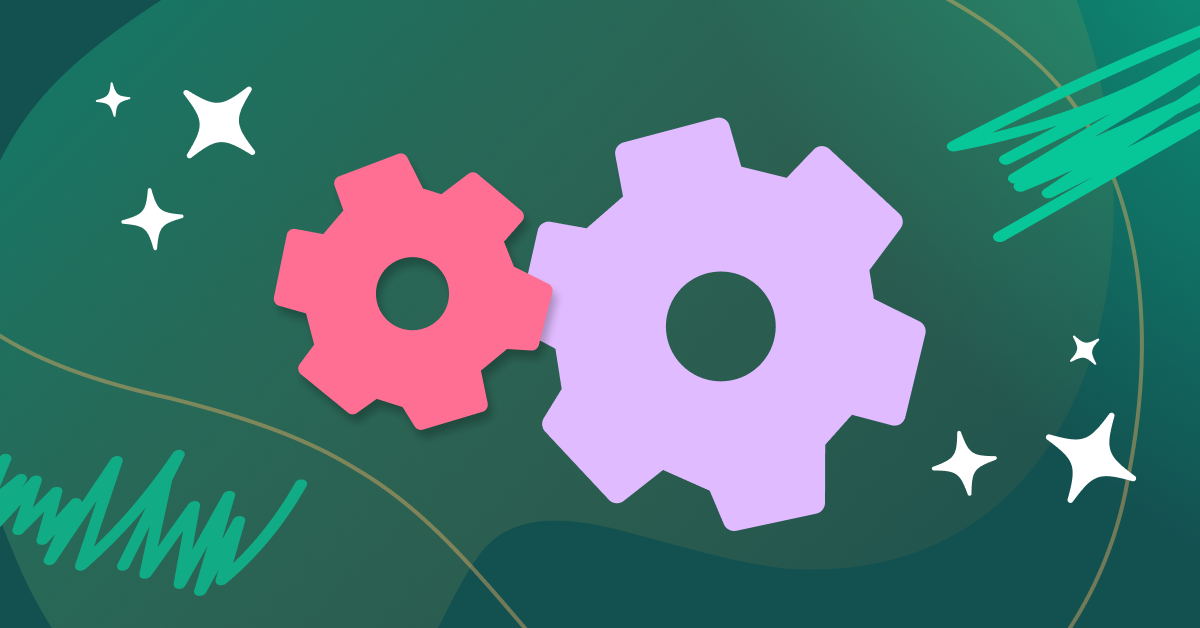No doubt about it, there has been a major increase in customer journey mapping over the years.
Case in point: Google’s worldwide search interest for the term “customer journey map.” Queries for this term have shown a steady uptick in popularity over the years.
But what is a customer journey map, and how does it relate to product and marketing teams?
A customer journey map is a form of qualitative research that helps understand the customer experience by sparking an empathetic response. All to build better products and services.
Customer journey maps answer questions about who the customer is, what jobs they get done with a product, and what pain points they experience. Answering these questions can go a long way in helping marketing, sales, product development, and support teams identify the ups and downs of customer experience.
Yet creating customer journey maps is tricky because they require the marketing and product team to step out of your day-to-day perspective and see through the eyes of the customer — and not through the lens of the amazing features, marketing campaigns, knowledge base articles, or the sales pitches they create.
Connecting customer journey mapping and empathy
A customer journey map (sometimes referred to as a user journey map) begins with understanding a customer persona from the very first touchpoint. It then follows that persona on their journey from onboarding and throughout the lifetime usage of the product.
Think of customer journey maps as stories. The main characters are customers. The map is the magical journey the customer takes. Note the “customer” is not just a singular persona, personas are an amalgamation of a certain type of customer and there will be different maps for different personas. For instance, the map for a technical user might be different than a casual enthusiast.
Just like stories, the details matter to a customer journey map. Capturing everything about the user experience and reflecting on it puts yourself in the shoes of the customer. Ask these questions:
How does the experience make you feel?
What questions arise?
What changes would you make?
As these parts of the map are fleshed out, opportunities will arise to make the experience better.
The opportunities happening are derived from empathy: customer journey maps are empathy generators that humanize the user. Customer journey maps are empathy paths. They show you things from the customer's perspective—through the customer's eyes.
When product developers, designers, marketers, and customer support professionals start to identify empathetically with the customer through a customer journey map, they suddenly need to make the customer experience better.
See how Fullstory works for your organization.
Request a demo.
Using Digital Experience Intelligence to map out your customer journey
What if the empathetic benefits of customer journey maps were on-demand?
A behavioral data platform like Fullstory captures interactions a customer has on your website or app to provide insight for teams across job functions to understand user behavior.
The enormous set of data collected is what powers session replay—the ability to recreate a specific user’s experience on your website or native mobile app.
Watching the raw experience of a real customer interacting with your product instantly generates the empathy needed to build out the customer journey map.
And, just like customer journey maps, session replay can reveal opportunities across job functions in marketing, design, sales, customer support, and development.
Putting the power of personas to work
The key difference between a digital experience intelligence feature like session replay and a customer journey map is that the former is based on individuals — real customers and not personas. When you watch a session replay, it’s the raw truth.
So what do you do when aggregated views of the customer are required? Personas are useful — they distill the many thousands of actual users into aggregated characters whether that be the causal user or the savvy tech.
Users help build personas by using the search functionality in DXI tools such as Fullstory. Mine customer experiences based on the persona criteria in which you’re most interested. Search users based on their persona-signaling behaviors.
If you suspect that the savvy tech user is going to spend time understanding the nitty-gritty details of the product, you can build a segment in Fullstory based on users who interact with that content. Just search based on the behavior��—clicks, scrolls, and heatmaps—to determine the next actions.
Watch sessions, take notes, and collaborate with your team to determine those actions, which builds out personas. Your customer journey maps will be that much better.
Rewrite the map for a better customer experience
If your team already has a process for customer journey mapping, session replay can make it more empathy-inducing.
How? Session replay reinvigorates an existing customer journey tracking solution because it allows teams to test hypotheses, refine assumptions based on new discoveries, and build additional nuance into maps.
Using session replay to complement, supplement, or stand-in for customer journey maps is a great way to tap into that magical empathy on-demand. Perhaps the best thing about session replay is that it can be accessed by teams across an organization, allowing each job function to focus on the specific part of the customer journey map that they want to understand.
Mapping your users’ journeys is about knowledge of who they are, what they want, and how they operate. When you have a tool that enables you to see a customer’s experience through their eyes — quite literally, as you get with a behavioral data platform like Fullstory— that’s a powerful addition to your process.



